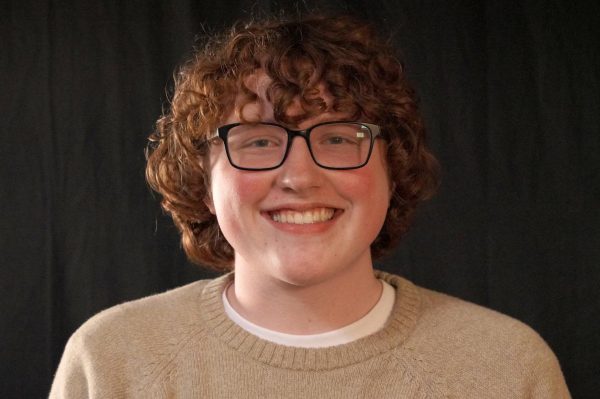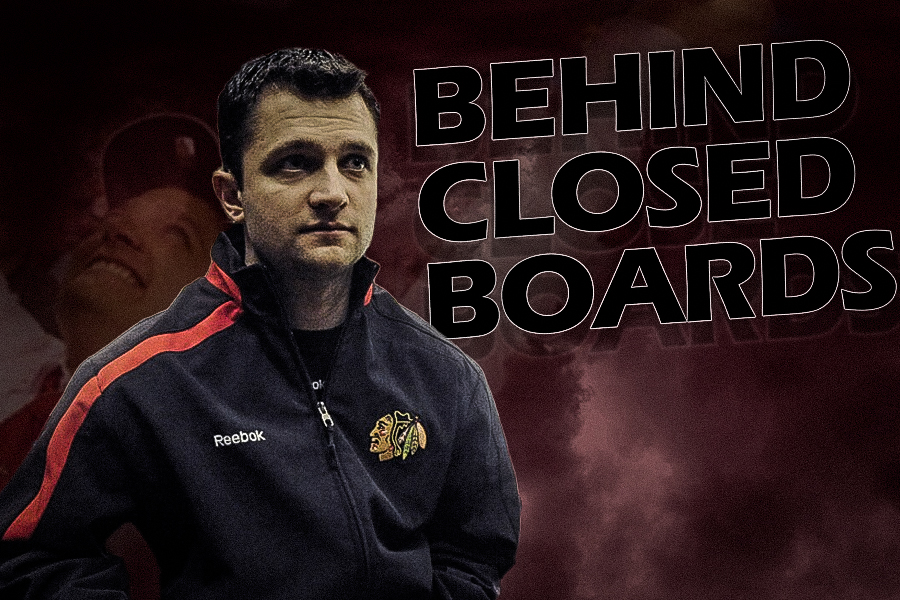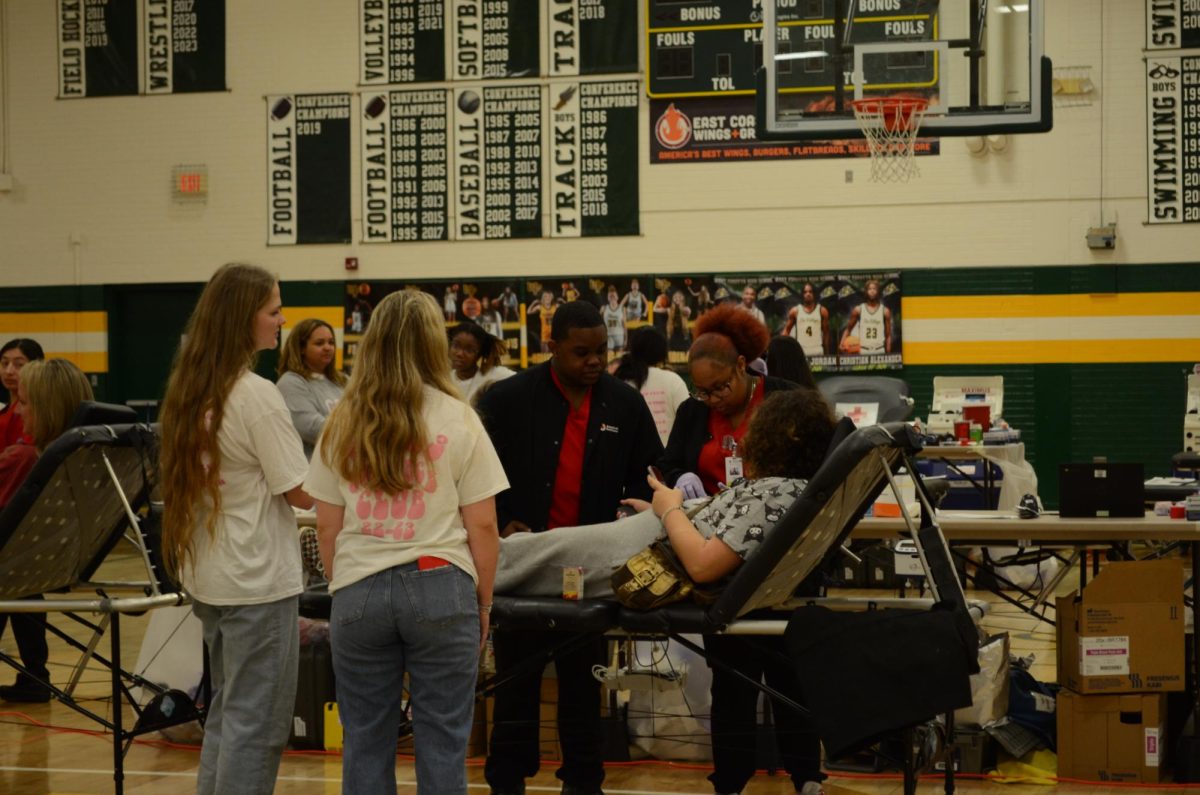Behind the headlines and news broadcastings of gruesome murders, reporters often undermine or leave out stories of profound suffering. This transition from victim to murderer is not as simple as it seems, but it reveals the truth about the consequences of trauma and mental or physical abuse. The world knows of abused murderers such as Gypsy Rose Blanchard and the Menendez Brothers, though it is still debated today on whether or not the brother’s stories are truthful. But many people either A: overlook other abusive murders that prove that this mental and physical trauma is linked to murder, or B: only focus on famous murders and overlook the effects abuse has on the individuals.
For those who don’t know about the murders of Gypsy Rose Blanchard and the Menendez Brothers, Lyle and Eric, here is a quick summary. Gypsy Rose Blanchard was convicted of murdering her mother, Dee Dee Blanchard, in 2015, because her mother had been making claims about Gypsy’s physical health, pumping her body full of drugs and medication that made her bound to a wheelchair and physically weak. In reality, Dee Dee had what is called Munchausen syndrome by proxy, which is a disorder in which Dee Dee falsified Gypsy’s illnesses and injuries, to become her caretaker. This means that Gypsy was in reality a perfectly healthy, “normal” girl who was being drugged into a state of illness and disease by her mother. Gypsy murdered her mother along with the help of her online boyfriend as she was scared for her life. Gypsy Rose was then sentenced to 10 years in prison for second-degree murder and has recently been released.
On the other hand, the Menendez Brothers is still a heavily debated case on whether their abuse stories are real or works of fiction. Lyle and Eric Menendez were convicted of murdering their parents, Jose and Kitty Menedez, in 1989 in their living room with shotguns. Their arrest wasn’t made until about a year later and in between the murder and their arrest, the two spent the money from their parent’s will lavishly, spending $700,000 within six months of Jose’s death. After their arrest was made in August of 1990, the two brothers revealed the truth behind these gruesome murders. Since the young age of six-years-old, the brothers had been physically, mentally and sexually abused by their father up until they turned 18. The two brothers were sentenced to life imprisonment without the possibility of parole.
Now having a bit more of an understanding of these stories, it raises a few questions: If an abused victim is fearful of their life and murders their abuser, does this give them a “free pass” to kill? If you have a brain, obviously they don’t, but does this mean they should be tried in the same way as a serial killer or someone insane? That’s where things get a little blurry and many different opinions arise. For me, if you take a human life, you should absolutely serve time in prison. But for the people in these scenarios, as well as many other abusive living situations, the punishment and sentencing should be lessened to accommodate for the trauma and mental damage.
Research done by FBI profiler Robert Ressler, who is credited with creating the term “serial killer,” supports much of this idea. Ressler conducted a study in which he interviewed 36 convicted murderers from prisons all across the U.S. From this research, Ressler learned that 40% of the murderers were reported to have been physically beaten and abused during their childhoods. Also, about 70% of the murderers reported to have witnessed or been part of “sexually stressful” events.
This research and data proves moreover that abuse and mental trauma can lead to acts of violence later down the line. Not comparing humans to dogs, but rather their fight-or-flight instincts, if a stray dog is backed into a corner with nowhere to run and is afraid for its life, they will fight back. The idea that everyone wouldn’t try whatever means possible to get out of these abusive scenarios that these people faced is nothing but selfish and hypocritical. Many of us have no idea what goes through your brain when experiencing an abusive episode or a life-threatening situation. The best thing we can do for people in these cases is to have an understanding that these murders weren’t out of anger or passion, but rather from a place of fear and distress.
With that being said, I think Robert Ressler said it best.
“Let me state unequivocally that there is no such thing as the person who at age thirty-five suddenly changes from being perfectly normal and erupts into totally evil, disruptive, murderous behavior. The behaviors that are precursors to murder have been present and developing in that person’s life for a long, long time – since childhood,” Ressler said.
Violence Begets Violence: The cycle of abused murderers
Garrin Reiter, Co-Editor-in-Chief
November 1, 2024
Gypsy Rose Blanchard and the Menendez Brothers
0
More to Discover
About the Contributors

Garrin Reiter, Co-Editor-in-Chief
Garrin is a senior and this is his second year writing for the Zephyr. In his first year, Garrin was a opinion writer and is now very excited to be taking on the role of Co-Editor-in-Chief his last year of high school. Garrin loves anything involving books, from gripping fantasy series to soppy love stories. He is very excited being a leader in the class and can't wait to see what this new year will bring!

Chance Beckmann, Photography Editor
Chance Beckmann is a senior and is thrilled for his first year as a staff member on the Zephyr. He is focused on photography, with a leg in sports writing. When he's not working on the Zephyr, he's thrifting, hooping, or laughing.















